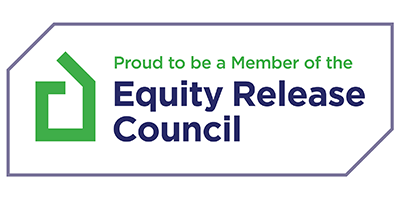In this article
Investing in property can be an exciting opportunity, and securing a buy-to-let mortgage is a key step in making that goal a reality.
Knowing what lenders look for can help you feel more prepared and confident throughout the process.
Can You Afford a Buy to Let Mortgage?
Lenders will take a close look at the potential rental income when considering your mortgage application. They will want to see that the rental earnings are enough to comfortably cover the mortgage repayments.
Many lenders set specific requirements to ensure rental income exceeds mortgage costs by a certain percentage. This helps cover any unexpected costs or times when the property might be unoccupied.
How Much Deposit Will You Need?
When it comes to buy-to-let mortgages, lenders usually ask for a larger deposit compared to residential mortgages. A minimum of 20 to 25 percent of the property’s value is often required.
Putting down a higher deposit can sometimes mean better interest rates, making monthly repayments more manageable.
Choosing between an interest-only mortgage or a capital repayment mortgage depends on your financial goals and how you plan to manage your investment.
Will Your Finances Be Checked?
Lenders will assess your personal financial situation to make sure you can manage the mortgage alongside your other commitments.
This includes looking at your income, outgoings, and any existing loans or credit agreements.
A good credit history can work in your favour by showing that you have a reliable track record of managing finances.
If your credit history is more complicated, there are specialist mortgage options that may still be available to you.
Does the Type of Property Matter?
The kind of property you choose can have an impact on your mortgage options.
Lenders often prefer properties that meet standard construction criteria, as more unusual homes may require additional checks.
It’s also worth considering factors such as tenant demand, the local rental market, and the long-term potential of the property when making your decision.
Does What You Need Depend on the Type of Buy to Let?
The requirements for a buy-to-let mortgage can vary depending on the type of property and investment strategy.
Different types of buy-to-let investments may come with unique lending criteria and considerations.
Buy to Let Auction Properties
Purchasing buy-to-let auction properties can be an appealing way to secure an investment quickly, often at a competitive price.
Securing financing for these types of properties can be challenging, as lenders may require a larger deposit and proof of affordability before approval.
Having a mortgage arranged in advance can help ensure a smoother transaction when buying at auction.
Speak to an Advisor – It’s Free!
Schedule a free callback from one of our experts today.
- All situations considered
- Transparent and honest mortgage advice
- We search 1000s of purchase and remortgage deals
Our customers rate us 4.9/5
Buy to Let Remortgages
If you already own an investment property, exploring buy-to-let remortgages can provide opportunities to secure better interest rates, release equity, or consolidate existing debt.
Lenders will assess factors such as current rental income, outstanding mortgage balance, and overall affordability before approving a remortgage.
This can be a useful way to free up capital for further investments.
HMO Mortgages
Investing in a house in multiple occupation, also known as an HMO, can offer attractive rental returns. Securing HMO mortgages, however, may require additional considerations compared to standard buy-to-let properties.
Lenders will often look at factors such as the number of tenants, local licensing requirements, and the applicant’s experience in managing multi-tenant properties.
Holiday Let Mortgages
For those considering short-term rental opportunities, holiday let mortgages provide an option tailored to properties rented out on a seasonal basis.
Lenders typically require proof of consistent income potential across the year and may take into account seasonal fluctuations.
Unlike standard buy-to-let properties, holiday lets may be subject to different affordability criteria and interest rates.
Buy to Let Debt Consolidation
If managing multiple financial commitments has become challenging, considering buy-to-let debt consolidation could be a practical solution.
This option allows property investors to consolidate their existing borrowing into a single mortgage, potentially reducing monthly payments and improving cash flow.
Lenders will carefully review overall affordability to ensure the new mortgage remains manageable in the long term.
Do You Need Experience as a Landlord?
Your experience in property investment can influence the mortgage options available to you.
First-time landlords may need to meet additional criteria, while those with an established portfolio might have access to a wider range of mortgage products.
Thinking ahead and planning for future investments can help create a long-term strategy that works for you.
Speaking with a mortgage advisor can provide valuable insights into buy-to-let mortgages and help you explore the right options for your investment goals.








